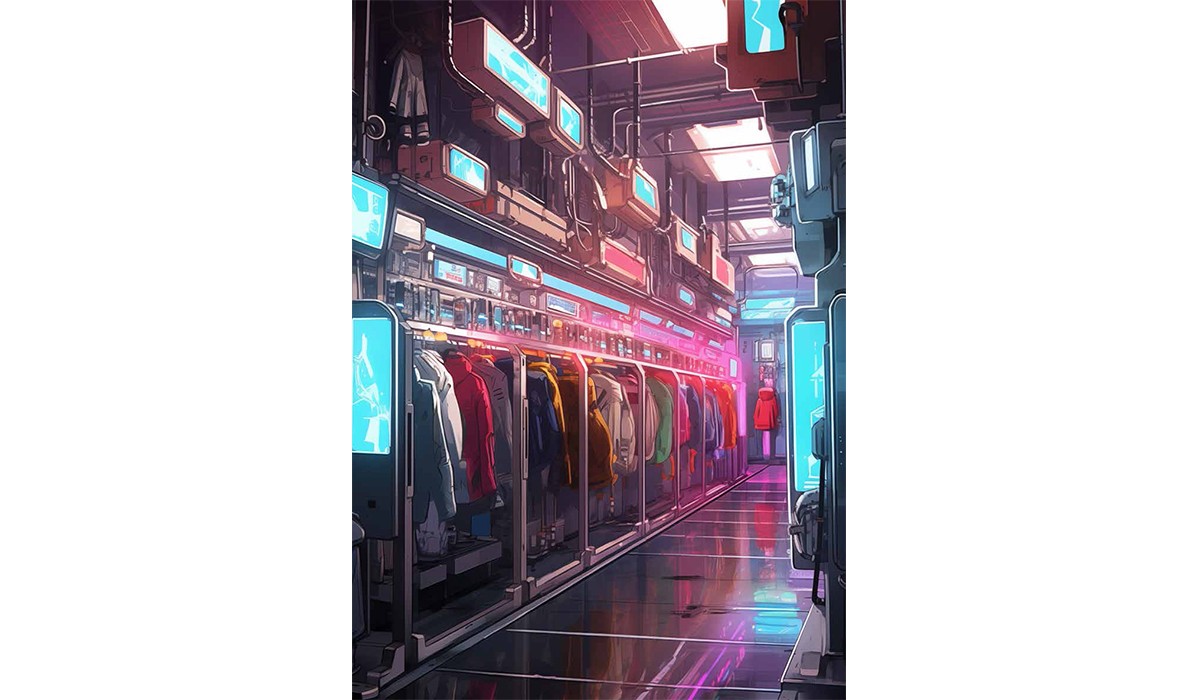The Importance of Clienteling
The art of maintaining contact with high-potential customers. Clienteling is a must in the business, so that brands can refine their communication and create bespoke offers
«The boutique is the platform for relationships between the brand and its customers because it allows companies to get to know their customers personally, build a relationship of trust and therefore foster loyalty,» explains Matthieu Rinville, founder of Orbis Advising, at the second edition of the “Luxury and Technology. Toward the Boutique of the Future” report produced by Bain & Company and Comité Colbert. Angeline Durand Sastre, Head of Fashion Europe at Chanel, echoes him: «Boutique? No, boutiques. Each boutique is unique: one boutique, one story. Stores actually have different and complementary formats. For customers, the physical sales point is above all an opportunity to discover products and collections, a place where they can enjoy attentive and personalized treatment within a more fluid experience.» But how has the retail model evolved? Is it still right to speak of phygital, or is it perhaps more correct to place clienteling strategies at the center of a successful retail format? What are today's luxury consumers looking for and what are the environments and tools to ensure that relations with brands are complete, satisfying, experiential and loyal? Let's start with the numbers. Almost 45% of luxury customers say that the main reason for going to a boutique is the chance to “explore” products and collections because nothing compares to the pleasure they get from touching and trying on pieces in a store. However, for about one third of customers, the main reason for going to a boutique is the special treatment they receive from the sales staff. Since Covid, boutiques have regained their status as the cornerstones of brand identity, but their role has now evolved, going beyond mere sales to offering a complete emotional experience and an all-round immersion in the brand's universe. In fact, for 43% of luxury customers, the desire to discover the product and the brand up close is the main reason for entering a boutique; for 34%, it is the feeling of receiving VIP treatment, which means that the boutique must be fully integrated into a multi-channel itinerary. Although it is often not so visible, technology is omnipresent in boutiques and nurtures three precise objectives: it amplifies the relationship between customers and sales staff; it enriches knowledge of the collections and immersion in the brand's universe; and it rationalizes the customer's experience and transactions. In general, 75% of luxury customers show considerable interest in the use of technology, although they expect certain precise standards to be met: no self-service and increasingly high standards of execution. The first field of application of technology in boutiques therefore concerns furthering the relationship between the customer and the salesperson. Improving the flow of the in-store experience is the second field in which new technologies can be applied, thus helping to alleviate existing problems (58% of customers cite waiting times as the main issue). To remedy this, brands are conducting tests to speed up the payment phase or to fast-track products in the boutique. They are also testing tools to enrich their storytelling, including augmented reality, virtual reality and connected mirrors to bring collections to life and immerse customers in the brand's universe. Not less importantly, the need to “exploit” technological innovation to strengthen a brand’s commitment to sustainability has made the adoption of new technologies even more urgent in terms of assortment, stock management, inventory automation... Although new technologies applied to luxury boutiques have made gigantic strides ahead since Covid, there is still plenty of room for development. Companies need to speed up their transformation, which extends far beyond the walls of the physical boutique. This will entail a cultural revolution (e.g., with team buy-ins and work platforms), technological equipment optimization, display layout evolution and an organization shake-up in general.






